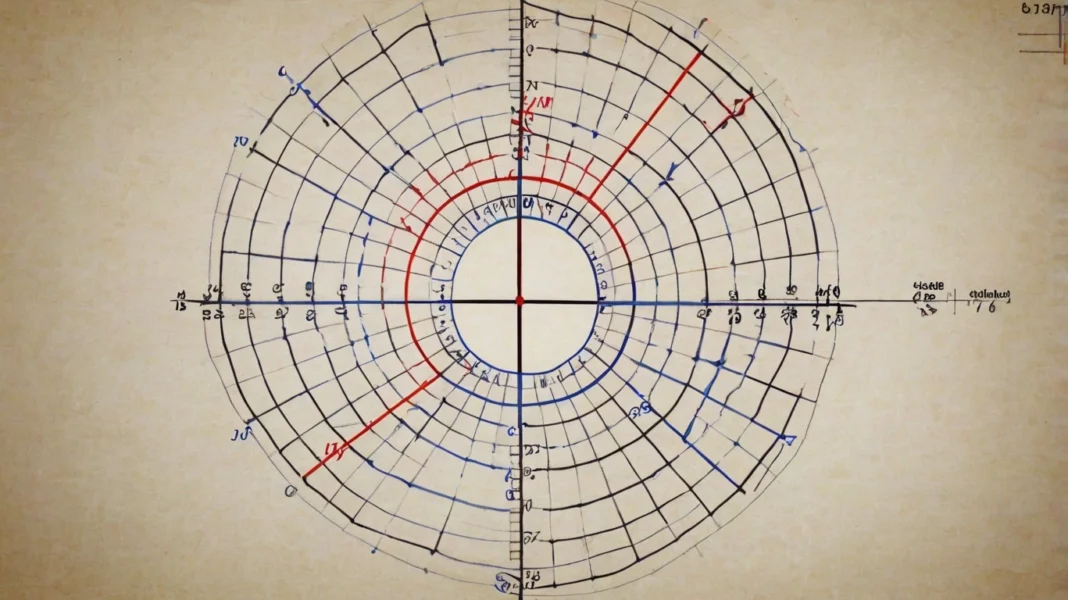Introduction
A 45 degree angle is one of the most well-known angles in mathematics and design. It appears in many everyday applications, from architecture and navigation to art and photography. Understanding the 45-degree not only sharpens your math skills but also enhances your appreciation for its relevance across various fields. In this guide, we’ll explore the definition, properties, and many uses of the 45-degree angle.
What Is a 45-Degree Angle?
A 45-degree angle is an angle that measures exactly 45 degrees, or half of a right angle (90 degrees). If you imagine a square corner, which forms a 90-degree angle, a 45-degree angle would be half of that corner.
Mathematical Properties of a It
In trigonometry, the 45-angle is unique because it belongs to the family of special angles with simple sine, cosine, and tangent values. These properties simplify calculations, making the 45-degre angle especially useful in both theoretical and practical applications.
How to Construct a It
Constructing a 45 deg angle is simple. Here are two common methods:
- Using a Protractor: Place the protractor on the line where you want the angle, find the 45-degree mark, and draw a line from the vertex through the mark.
- Using a Compass and Ruler: Draw a 90-degree angle, then bisect it. This creates two 45-degree angles.
Trigonometric Ratios of a 45-Degree
The trigonometric ratios for a 45-degree are as follows:
- Sine (sin 45°) = 0.707
- Cosine (cos 45°) = 0.707
- Tangent (tan 45°) = 1
These values are frequently used in calculations involving right triangles and are key to simplifying many mathematical problems.
Applications of a 45-Degree-Angle in Geometry
In geometry, a 45-angle is often associated with a special right triangle known as the 45-45-90 triangle. This triangle has two equal sides, and the hypotenuse is √2 times the length of one side. This relationship is critical for solving various geometric problems.
The 45-Degree Angle in Real Life
45-degree angles are everywhere, even though we may not always notice them. For example, they appear in the corners of boxes and along the slanted edges of furniture. Not only are they used for functional purposes, but they also add aesthetic appeal to various designs.
45-Degree Angle in Right Triangles
A 45-45-90 triangle is a right triangle with two equal angles, each measuring 45 degrees. In such a triangle, if you know the length of one side, you can easily find the hypotenuse using the formula:
Hypotenuse = Side × √2
This property is helpful for quick calculations in geometry.
45-Degree Angle in Navigation and Direction
In navigation, 45-degree angles play a role in determining precise directions. With four 45-degree increments in a full 360-degree circle, directions can be easily divided for accurate orientation and wayfinding.
45- DegreeAngle in Photography
In photography, using a 45-degree angle can enhance composition and add depth to an image. Placing subjects or lines at this angle can make photos feel more dynamic and visually engaging.
The 45-Angle in Engineering and Construction
In construction, 45-degree angles are frequently used because they help distribute load evenly. This angle is common in framing, where structures need to balance weight without putting too much pressure on any one point.
Why 45-Degree Angles Are Used in Road Design
In urban planning, 45-degree angles are often used to design road intersections, especially in high-traffic areas. These angles allow vehicles to turn with ease, improving flow and reducing congestion.
Advantages of Using 45-Degree Angles in Art and Design
In art and design, 45-degree angles can create balanced, harmonious compositions. They often provide a sense of symmetry and proportion, making them a go-to choice for artists and designers.
Creating a 45-Degree on Digital Platforms
Digital design platforms offer tools for creating precise 45-degree angles. Most software includes rulers, grids, and angle indicators, making it easy to incorporate these angles into designs.
Conclusion
The 45-degree angle is much more than a simple mathematical concept. It’s a fundamental element used across multiple disciplines, from art and architecture to engineering and photography. Understanding and utilizing this angle can enhance your approach to various projects and deepen your appreciation for the role it plays in both natural and man-made environments.
Also Read This Article Movierulz Kannada, सबसे पास की किराना दुकान कब तक खुली रहेगी?




